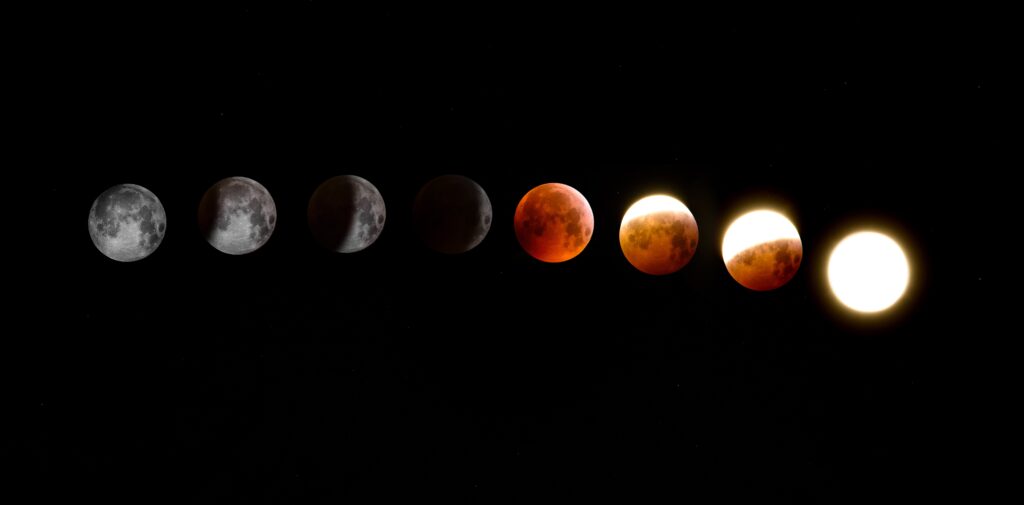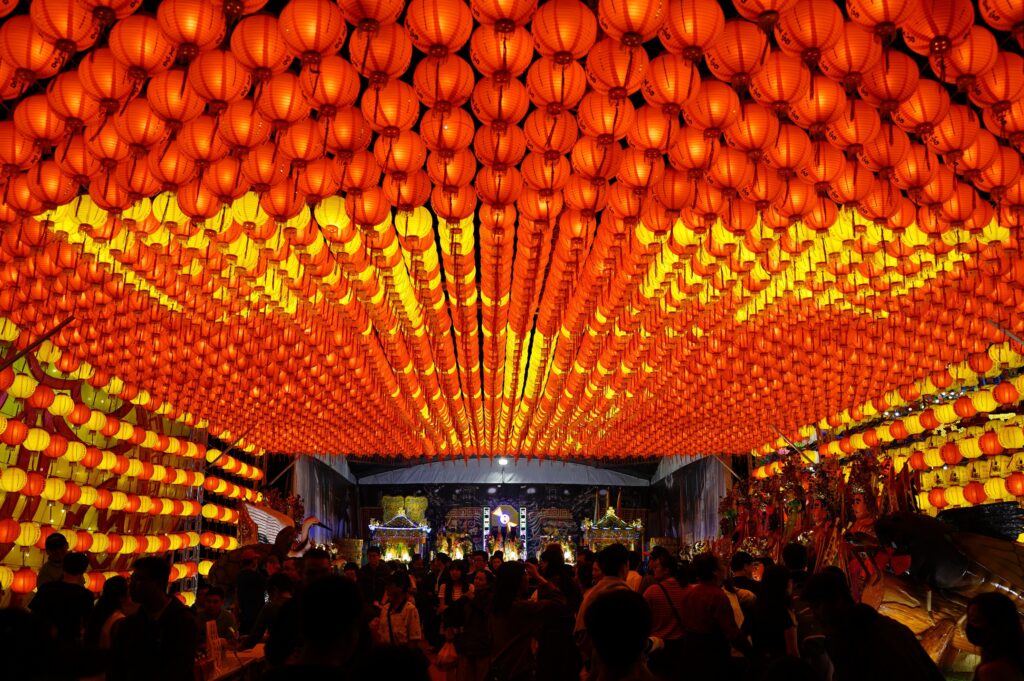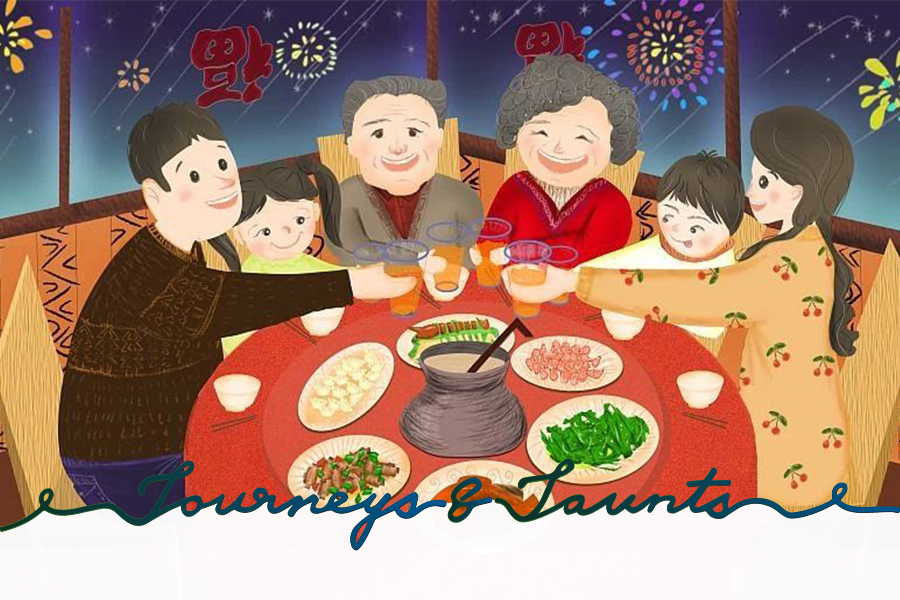Everyone loves holidays, right? I know most of us just returned to work from our Christmas and New Year’s vacation, but now, we already get to plan the next one, because the Chinese Spring Festival (春节 in Mandarin, or Chūn Jié in pinyin), or, as it is called by most Westerners, Chinese New Year, is coming up soon.
Spring Festival is the MOST important holiday in Chinese culture. As we already know, in China, there are two calendars, one is the solar calendar and the other is the lunar calendar. Historically, Spring Festival was the time when the winter period ended and spring began. It was when people started to work in the fields again after a long winter “break” (as the majority of the population was farmers).
The beginning of a new month in the lunar calendar is not consistent; it depends on when an astronomical new moon occurs in a particular time zone. So, every year, the first day of the first lunar month is different. This year, Chinese New Year’s Eve falls on the 31st of January, which is fairly early. But the festival is not only one day – it spans quite a long period of time (in ancient times, it lasted an entire month) with different traditions for each day.

Officially granted time off work, however, according to the Chinese public holiday calendar, is one mere week. This year, that’s from January 31st (Monday) to February 6th (Sunday). But do not get too excited, January 29th (Saturday) and January 30th (Sunday) were announced as ‘make up’ working days to counteract all that lovely time off.
Talking about the lunar calendar, one has to mention the Chinese zodiac signs. You probably already know that there are 12 zodiac animals – Rat, Ox, Tiger, Rabbit, Dragon, Snake, Horse, Goat, Monkey, Rooster, Dog, and Pig (which change every year), and also 5 elements of Chinese astrology – wood, fire, earth, metal and water (which change every two years). This coming lunar year is going to be the year of the water tiger. Hm, a drowned tiger? Not very intimidating…but I digress.
If you have been in China during Spring Festival in the past, you already know that everything is decorated with red couplets and lanterns. Also, it is tradition to set off fireworks and firecrackers during the first week after New Year’s Day. More and more places have become rather strict about the official “no firecrackers/fireworks within city limits” rule, though, so it remains to be seen how noisy and colorful the Spring Festival will be this year.

The tradition to celebrate New Year “loudly” and “brightly” comes from a legend about a mythical beast called the Nian (年 in Chinese, which is exactly the same character as the one for year). Every year, this monster would come to the village and eat people, especially children. At one time, the villagers decided to hide in the mountain from the beast, but an old man said that he would be able to take revenge on the Nian. The people judged him to be insane or senile and would not believe him. When they left, he put on red clothes, put red papers up on the house and set up firecrackers. The Nian got very scared and ran away. The next day, the villagers came back, and, seeing that nothing was destroyed, they understood that the Nian was afraid. Since that time, when the New Year is about to come, people would wear red clothes, hang red lanterns, and paste red couplets on windows and doors. Also, they would use firecrackers to frighten away the Nian. This tradition has survived to this day.
Also, immediately before the New Year celebration, Chinese families clean their homes. Traditionally, they start doing this from the 23rd of the 12th lunar month, which is on January 21st this year. It is a very important custom, because people believe that with the cleaning, they throw out all bad things from their homes and enter “cleanly” into the new year.
Meanwhile, it’s also the same time when the Chinese Kitchen God 灶王爷 (Zàowángyé in pinyin) starts his journey to the heavens to report to the other gods about the behavior of the family. Then, the major gods in heaven can decide if they should bless or punish this family for their deeds in the coming new year. In this case, offering the Kitchen God something “sweet” becomes necessary. That’s also why during this time of year, you will find 灶糖 (zàotáng in pinyin, a kind of candy made with maltose and sesame seeds) sold on the streets. It’s not just the Kitchen God who is fond of this candy – I am a big fan of zaotang myself. If you haven’t tried it yet, you really should, it’s yummy!
On New Year’s Eve, the biggest event is the Reunion Dinner, or Nian Ye Fan (年夜饭). This is the time when the whole family gets together, and members who are working or studying elsewhere usually return to their hometowns for this dinner. Ever since the pandemic started, travel restrictions have been imposed to limit the number of travelers. This year, several provinces have decided to incentivize non-locals to stay put and promise them between 500 and 1000 RMB should they remain at their place of work instead of returning to their families elsewhere. We shall see how well this measure is working by the number of COVID cases after the holidays, I guess.

In the North of the country, families usually make dumplings, or jiǎozi (饺子), after the dinner to eat them around midnight. In the South, people make glutinous rice cake, or niángāo (年糕, which literally translates as “year cake”), and it is a tradition to give the pieces of cake to family members or friends who come to visit during this week. After dinner, some families go to temples for the last hours before the new year starts, to pray for good fortune by lighting the first incense of the year.
The other days of the Spring Festival are spent with family and close friends, and usually people exchange gifts on those days. Children usually receive so-called “lucky money” in red envelopes from their elders. In doing so, parents (or grandparents) wish a lot of money unto their children, as it is believed this gift of money will bring wealth in the future. That is why the money is called “lucky”.

As mentioned previously, the Spring Festival is a time for families to get together. And, because a lot of people work far away from their hometowns, this time has traditionally been one of the busiest travel seasons, called Chūnyùn (春运 in Mandarin). This period usually begins 15 days before the lunar New Year’s Day and lasts for around 40 days. It has been called the largest annual human migration in the world. For instance, in 2018, over 2.97 billion people were using public transport to get to their destinations. This has changed since the onset of the pandemic, however, and travel has been discouraged by the authorities as much as possible again this year.
So far, we have heard much about the history and customs of the Chinese Spring Festival. But, of course, in our century, the way to celebrate New Year has changed. Not everyone follows all traditions, and not everyone will be going back to their hometowns to visit their families. Some prefer to go on holiday or party with friends or travel together with their families (as far as is possible with the current COVID situation, of course). At the same time, sending WeChat messages instead of a postcards or a call have become more and more popular. And, instead of giving physical red envelopes with money in them, people now tend to send red envelopes via WeChat. This way, people don’t have to worry about anything if they cannot visit their family members personally.
How will you spend your Chinese Spring Festival holiday? Do you already know where you will be? No matter where you are, I hope you can spend the time with the person(s) you love. And, if you want to spend a real Northern Chinese Spring Festival, don’t forget to eat some dumplings!





